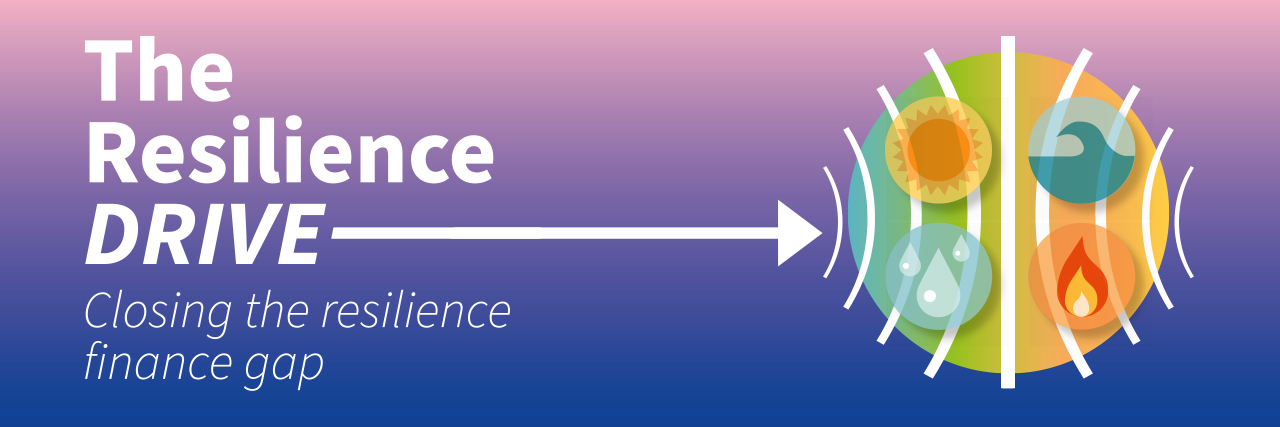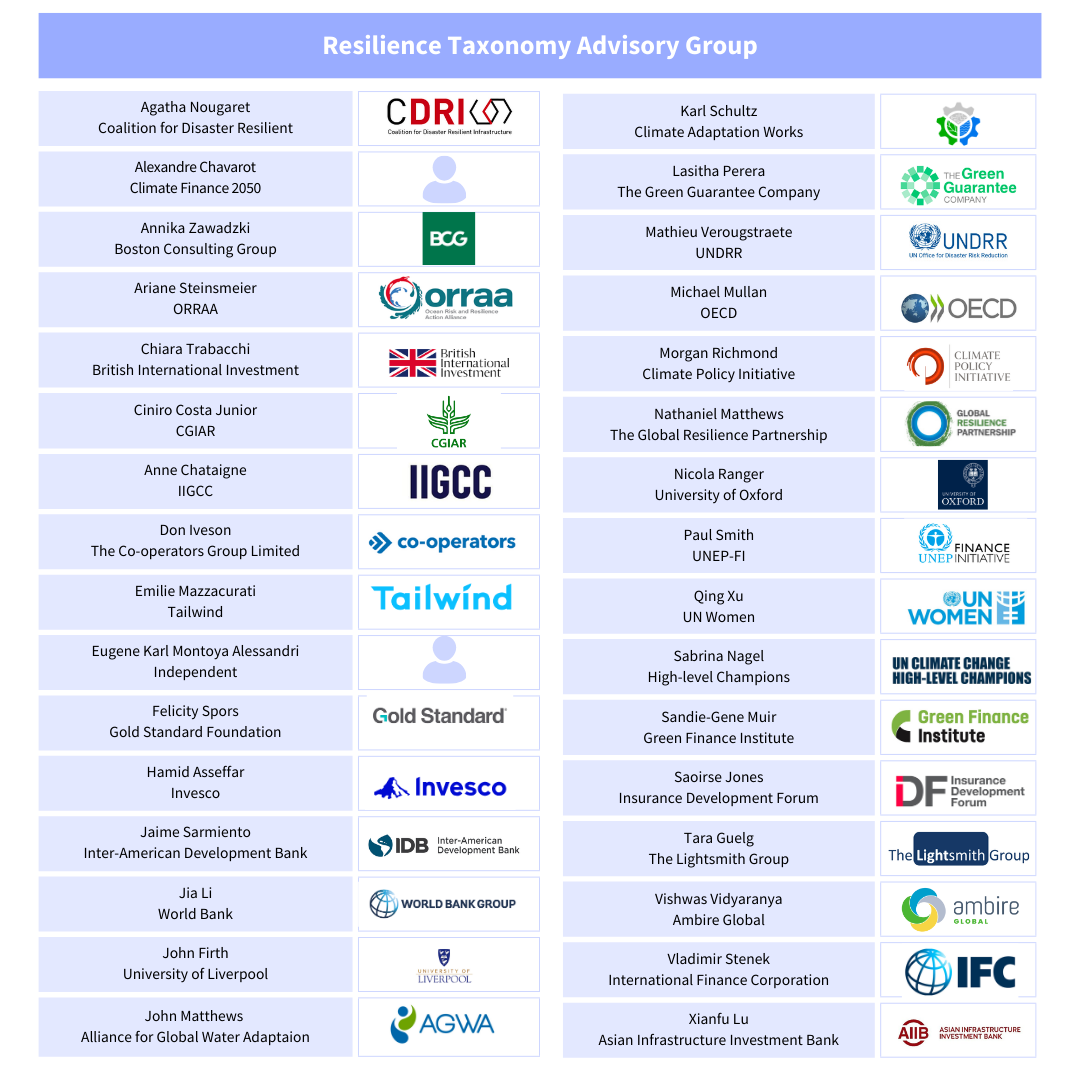
What is Resilience?
According to the Sixth Assessment Report published by the Intergovernmental Panel on Climate Change (IPCC), approximately 3.3–3.6 billion people live in areas highly vulnerable to climate change, with both ecosystems and individuals increasingly exposed to severe climate hazards. As climate change intensifies, there is a growing imperative to channel financing from capital markets towards bolstering climate resilience. The United Nations Environment Programme (UNEP) estimates that by 2030, the financing needs for physical adaptation and resilience in developing countries could soar to as much as USD 387 billion annually, with global adaptation and resilience finance requirements surpassing these figures significantly.
While public sector financing is insufficient to meet the capital requirements alone, there is more than enough private capital in the world to fund the necessary transition to more resilient societies. We simply need to get it flowing in the right direction.
The sustainable debt market, with its variety of thematic labels, has emerged as a prominent vehicle for channelling demand from capital market investors toward financing of climate action. More than USD4.2tn of green, social, sustainability, and sustainability linked (GSS+) debt have been issued as of H1 2024 and this figure is expected to grow exponentially in the coming years.
However, financial instruments clearly designed and labelled to support resilience investments are still scarce. A major barrier is the absence of clear, evidence-based definitions of what constitutes a resilience investment. By providing the market with clear definitions and rulesets, the current universe of investments that are eligible for inclusion into green and other thematically labelled bonds can be expanded to include those that build resilience. This expansion will include not only investments that reduce the direct physical impacts of climate change (e.g., flood barriers, early warning systems, etc.) but also investments that address the underlying vulnerability of people and ecosystems to climate change (e.g., healthcare, housing, gender equity, deforestation, etc.).
How Resilience can expand the sustainable investing universe:
Climate Bonds Initiative has pioneered a taxonomy-based approach to best-practice sustainable investing for over a decade. The development of the Climate Bonds Resilience Taxonomy (CBRT) is just one of several key levers for mobilising finance for climate resilience that Climate Bonds is pursuing as part of its Global Resilience Programme.
This taxonomy will promote a more consistent, transparent, and systematic approach to defining and identifying such investments, and will expand the opportunity for green investing. Investors will easily envisage which assets are fit for the future, allowing the public and private sectors to reap the capital needed to make their projects and assets climate resilient.
The CBRT Methodology explains the core principles, definitions, and key rationale that form the basis of the CBRT, as well as the eligibility checks and classification scheme used to guide the identification of resilience investments. This document is an essential resource for understanding how the taxonomy was developed and provides comprehensive guidance on its effective application.
You can download the Climate Bonds Resilience Taxonomy here:
For a copy of the full range of resilience finance sectors and activites added to Climate Bonds Taxonomy, click the button below to download:
The CBRT development will be guided by inputs of the Resilience Taxonomy Advisory Group (RTAG) and Thematic Working Groups (TWGs).
Engaging stakeholders for progress
By convening leading resilience experts in the Resilience Taxonomy Advisory Group (RTAG), we recognise the vital role of diverse perspectives in shaping a taxonomy that is firmly grounded in science and evidence, comprehensive yet dynamic, clear and user-friendly, and adaptable to a wide array of contexts and needs.
Climate Bonds Initiative extends gratitude to these individuals for their support and collaboration, leading to greater harmonisation, alignment, and interoperability of mobilising finance for adaptation and resilience globally. We extend special acknowledgment to the Co-operators, a leading Canadian financial services co-operative, for their generous support of this initiative.
Collectively, these stakeholders share a unified vision to unlock finance for adaptation and resilience, addressing shared challenges with a cohesive purpose. Here are the individuals contributing to this initiative:
Lead Technical Partner:



